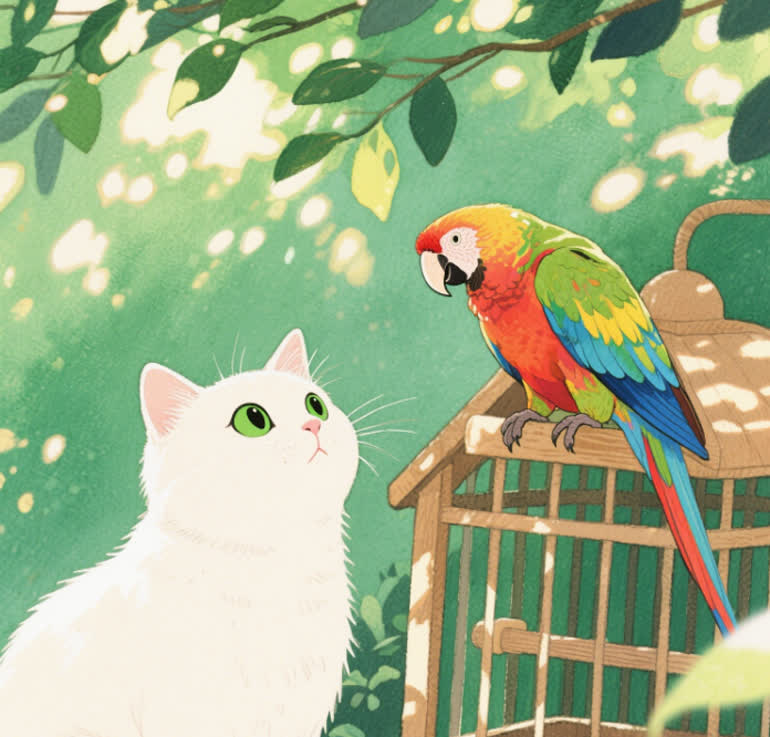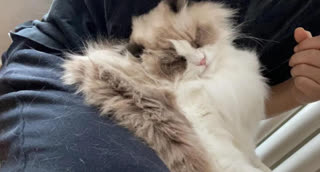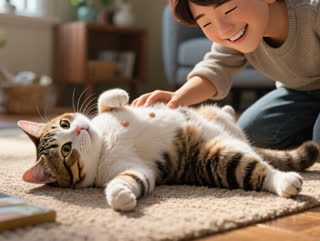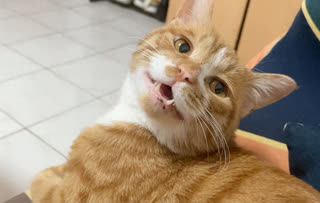Many cat owners wonder about introducing another pet to keep their feline companion happy. While cats have independent personalities, they can form meaningful bonds with other animals when introduced properly. This guide examines the best (and worst) potential friends for your cat based on temperament, safety, and cohabitation success rates.
Top 5 Animal Companions for Cats
1. Another Cat
Pros: Natural companionship, shared communication methods
Cons: Territorial issues may require slow introduction
Best for: Younger cats or sociable breeds like Ragdolls
Introduction tip: Use scent swapping before visual contact
2. Small Dog Breeds
Best breeds: Cavalier King Charles Spaniel, Basset Hound, Maltese
Key consideration: Match energy levels (avoid hyperactive dogs)
Safety tip: Always supervise initial interactions
3. Rabbits
Surprising fact: Many rabbits learn to "groom" cats
Housing needs: Separate safe spaces essential
Warning: Never leave unsupervised until fully bonded
4. Ferrets
Play style: Matches feline curiosity and energy
Health note: Require similar vaccination schedules
Caution: Not ideal for older, sedentary cats
5. Chickens
Urban trend: Growing popularity in backyard cohabitation
Requirements: Secure outdoor space needed
Bonus: Cats often protect chickens from rodents
Animals to Avoid
Birds: Trigger hunting instincts
Rodents: Unsafe proximity risk
Reptiles: Temperature needs conflict
Large dogs: May intimidate or accidentally harm
Successful Introduction Strategies
Scent-first methodology
Gradual visual access
Positive reinforcement
Separate feeding areas
Multiple escape routes
Signs of Successful Bonding
Mutual grooming behaviors
Shared sleeping spaces
Play without aggression
Relaxed body language
When to Consult a Professional
Persistent aggression
Stress indicators (overgrooming, hiding)
Food guarding escalation
Litter box avoidance
Conclusion
The ideal companion depends on your cat's personality, age, and living situation. While another cat is often the safest choice, many interspecies friendships thrive with proper introduction. Always prioritize gradual, supervised meetings and respect your pet's comfort levels










